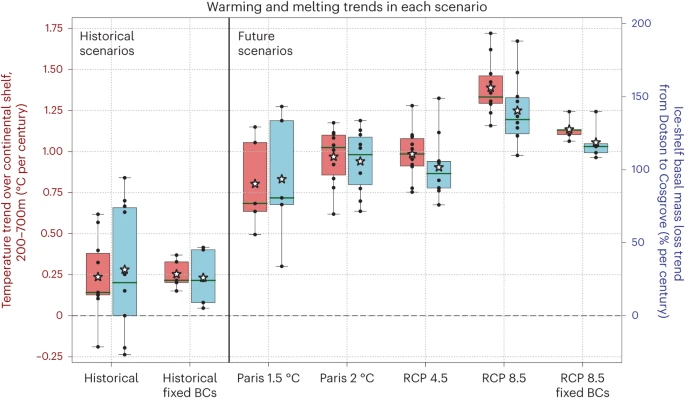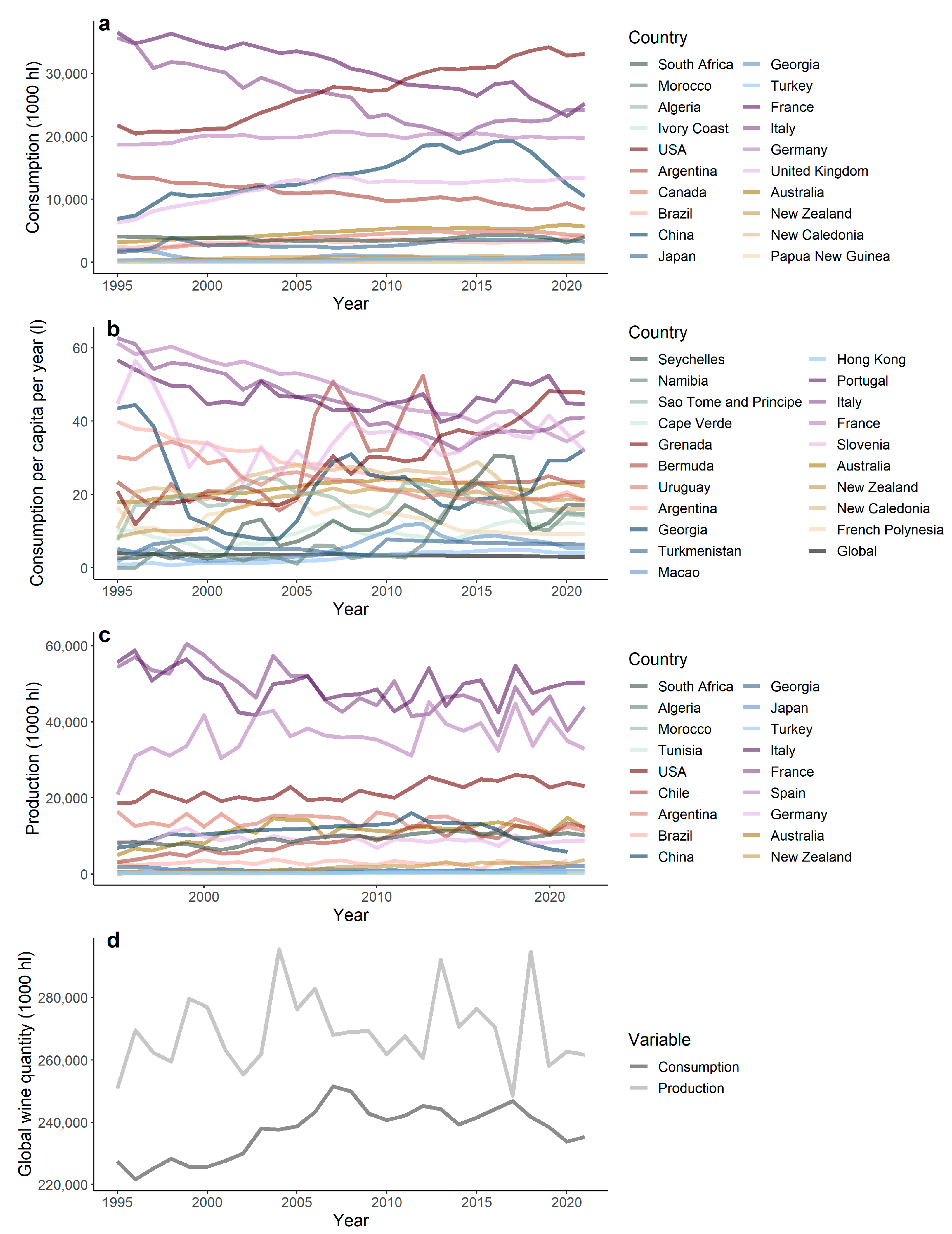India receives lowest rains in 5 years, agricultural production to be hit
India’s monsoon rainfall this year was its lowest since 2018 as the El Nino weather pattern made August the driest in more than a century, the state-run weather department said on Saturday, which is likely to affect agricultural production.
The monsoon, which is vital for India’s $3 trillion economy, contributes more than 70 percent of the rain the country needs to water crops and replenish reservoirs and aquifers.
Nearly half of the farmland in the world’s most populous nation lacks irrigation, making the monsoon rains even more vital for agricultural production.
Lower production could prompt India, the world’s second-biggest producer of rice, wheat, and sugar, to impose more curbs on exports of these commodities amid soaring global food prices.
Rainfall over the country from June to September was 94 percent of its long-period average, the lowest since 2018, the India Meteorological Department (IMD) said in a statement.
The IMD had anticipated a rainfall deficit of 4 percent for the season, assuming limited impact from El Nino.
The monsoon was uneven, with June rains nine percent below average because of the delay in the arrival of rains, but July rains rebounded to 13 percent above average.
August was the driest on record with a 36 percent deficit, but again in September rainfall revived and the country received 13 percent more rainfall than normal, the IMD said.
The erratic distribution of monsoon rains has led India, the world’s largest rice exporter, to limit rice shipments, impose a 40 percent duty on onion exports, permit duty-free imports of pulses, and could potentially result in New Delhi banning sugar exports.








